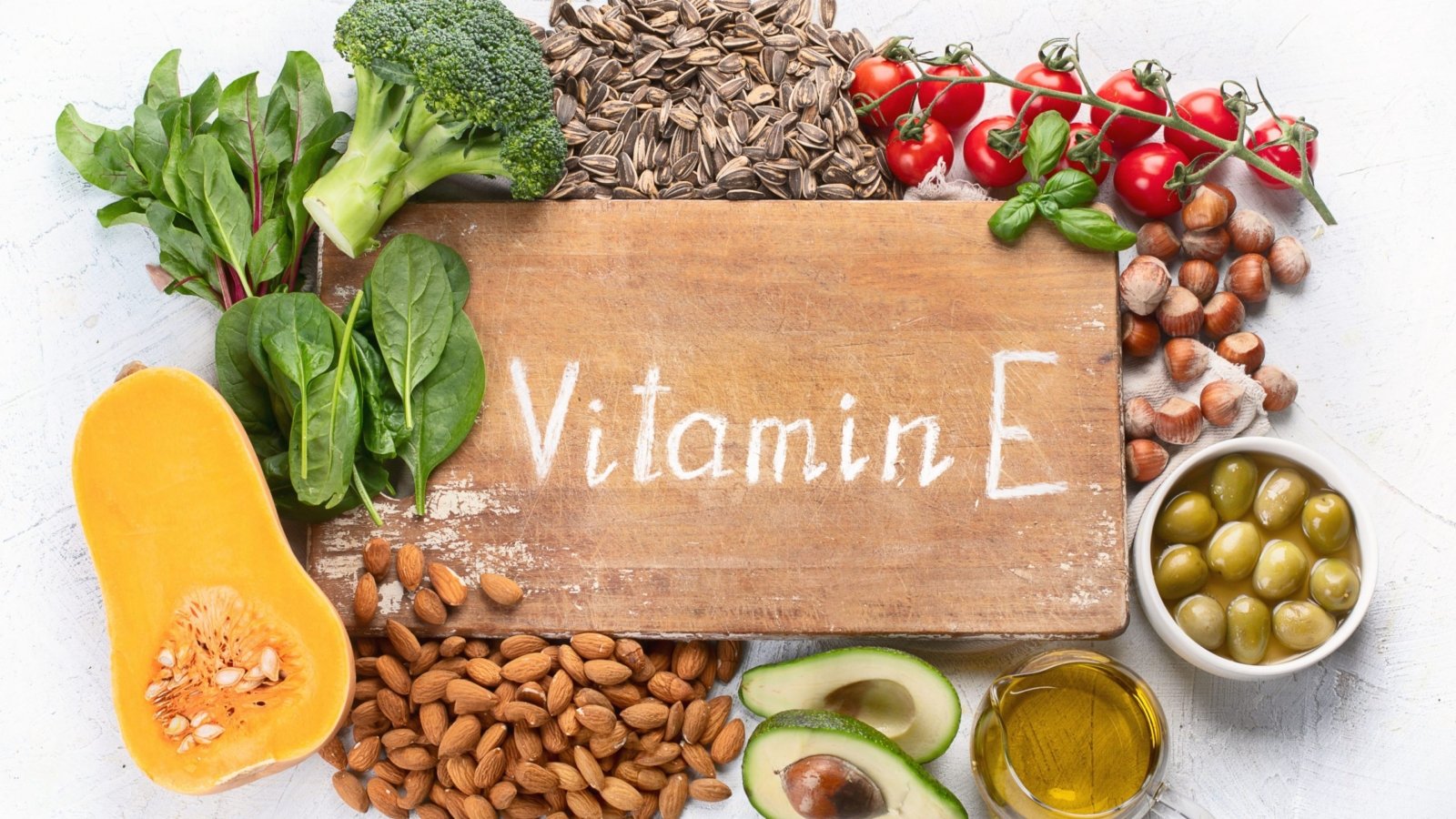Vitamin E is a group of fat-soluble compounds that are essential for human health.
The most active form of vitamin E is called alpha-tocopherol, and it plays an important role in protecting cells against oxidative damage.
It is found naturally in many foods, including wheat germ oil, sunflower seeds, avocados and green leafy vegetables.
It is available as a supplement and can also be found in multivitamins and other dietary supplements.
This vitamin has been shown to have a number of health benefits, including reducing the risk of heart disease and stroke, as well as improving skin health.
It may also help to reduce the risk of certain types of cancer.
Food sources of vitamin E
Here is a list of some of the best food sources of vitamin E:
If you’re looking to get more of the vitamin in your diet, these are some of the best food sources to consider.
Benefits of Vitamin E
It is a powerful antioxidant that helps protect cells from damage caused by free radicals, and it also helps to support a healthy immune system.
The other benefits of vitamin E are as follows:
Side Effects of Vitamin E
While vitamin E is fairly safe to take, there are still some potential side effects to be aware of.
These include an upset stomach, nausea, headaches and fatigue.
Some people may also experience an allergic reaction to the vitamin, which can manifest as an itchy rash, hives or difficulty breathing.
If you experience any of these side effects, it is important to stop taking the supplement and speak to your doctor right away.
It’s also important to note that taking too much of this vitamin can lead to toxicity, which can cause serious health complications.
Before taking the vitamin, it’s important to talk to your doctor and make sure you understand the potential risks associated it.
Recommended Dietary Allowance (RDA)
Vitamin E is an important nutrient for our bodies, and it is recommended that we consume a certain amount of it each day.
The daily recommended intake varies based on age and gender.
For adults the Recommended Dietary Allowance (RDA) is 15 milligrams (mg) per day.
For those over the age of 50, the RDA increases to 22.4 mg per day.
It’s important to note that vitamin E is a fat-soluble vitamin, which means it is best absorbed when consumed with a food that contains fat.
Symptoms of Vitamin E Deficiency
Vitamin E deficiency is a rare condition that can lead to serious health problems if left untreated.
Common symptoms of this deficiency include:
Causes
Vitamin E deficiency is a condition that is caused by not getting enough of this essential vitamin.
Common causes of this deficiency include:
Poor nutrition: Not eating a balanced diet that includes foods rich in vitamin E can lead to a deficiency.
Malabsorption: Conditions such as celiac disease or Crohn’s disease can lead to malabsorption of this vitamin.
Certain medications: Some medications, such as antacids and cholesterol-lowering drugs, can interfere with the absorption of the vitamin.
Liver disease: The liver is responsible for storing vitamin E, so any issues with the liver can lead to a deficiency.
Genetic disorders: Certain genetic disorders, such as ataxia with vitamin E deficiency, can cause this deficiency.
Diagnosis
To diagnose the condition, your doctor will perform a physical exam and take a detailed medical history.
Blood tests are also used to measure vitamin E levels in the body.
Additional tests may be necessary to determine the underlying cause of the deficiency.
Treatment
Treatment typically involves increasing dietary intake of vitamin E, as well as supplementing with vitamin E capsules.
In cases of severe deficiency, intravenous administration of vitamin E may be necessary.
In addition to increasing dietary intake of this vitamin, it is important to ensure that the body is getting adequate amounts of the other essential vitamins and minerals.
This can be done by eating a balanced diet that includes a variety of fresh fruits and vegetables, lean proteins, whole grains and healthy fats.
Regular exercise can also help to improve the body’s ability to absorb and use vitamins and minerals.
Also, it is important to have regular check-ups with your doctor to ensure that your vitamin E levels are within the normal range.
Genetics and Vitamin E Deficiency
Some people are genetically predisposed to vitamin E deficiency, which can lead to serious health problems.
Genetics play an important role in vitamin E deficiency, as mutations in certain genes can cause a decrease in the body’s ability to absorb and utilise the vitamin.
In some cases, this deficiency can be traced back to a single mutated gene, while in others it may be caused by a combination of mutated genes.
It is important for people who are at risk for vitamin E deficiency to get regular blood tests to check their levels and monitor any changes.
Your doctor may also recommend taking a vitamin E supplement and making dietary changes to ensure that enough of this vitamin is being consumed.
If you have a question related to this blog post, write to us here and we will update this post with a response.
Sources: National Library of Medicine (1) (2), PubMed (1), (2), RO, WebMD and MedBlog.
If you have any more questions, please feel free to write to us at support@nugenomics.in or call us directly at +91 9176655912
You can also visit Here to know more about how we can help you and make your life better.
 Cart is empty
Cart is empty 
Add a Comment